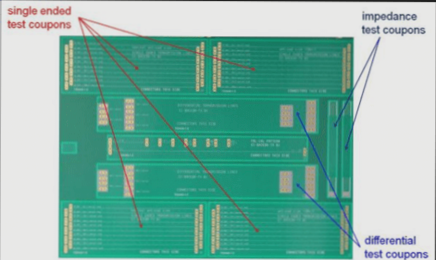Wellcircuits Customization Service: By providing us with 3D and 2D files, customers can take advantage of a variety of manufacturing methods, including CNC machining, 3D printing, sheet metal processing, and more. We produce metal or plastic components according to customer specifications, ensuring high-quality results and on-time delivery.

What Are the Key Differences Between 3D Printing and CNC Machining?
In simple terms: 3D printing is an additive manufacturing process, while CNC machining is a subtractive manufacturing process.
Let’s now compare 3D printing and CNC machining across the following four aspects:
Material Differences
3D printing typically utilizes materials such as liquid resin (SLA), nylon powder (SLS), metal powder (SLM), gypsum powder (full-color printing), sandstone powder (full-color printing), filament (FDM), sheet material (LOM), and more. Among these, liquid resin, nylon powder, and metal powder dominate the industrial 3D printing market.
On the other hand, CNC machining works primarily with sheet materials—flat, plate-like materials. After measuring the component’s dimensions, including length, width, height, and allowances for machining, a sheet of the appropriate size is selected for processing.
CNC machining offers a broader range of material choices than 3D printing, with the ability to work with various metal and plastic sheet materials. Moreover, CNC-machined components generally have a higher density compared to 3D printed ones.

Differences in Component Design Due to Manufacturing Principles
As mentioned earlier, 3D printing is an additive process, where a model is sliced into multiple layers or points and built up layer by layer or point by point, similar to assembling building blocks. This makes 3D printing ideal for producing complex parts with intricate structures, such as hollow components, which can be difficult to achieve with CNC machining.

CNC machining, in contrast, is a subtractive process, where high-speed cutting tools are used to shape components according to programmed tool paths. As such, CNC machining can only create rounded edges with a certain radius and cannot directly produce internal right angles—these typically require additional processes such as wire cutting or EDM. External right angles, however, can be easily machined.
For components with internal right angles, 3D printing is often the better choice.
Additionally, when dealing with large curved surfaces, 3D printing is usually more efficient. CNC machining of large curved areas can be time-consuming and may result in visible patterns if not properly programmed or executed by skilled machinists.
Think of it like this: 3D printing stacks layers of cake-like powder to build a single structure, while CNC machining is more like slicing a large cake into individual pieces.
Differences in Software Operation
3D printing slicing software is generally user-friendly, even for beginners. With professional guidance, most users can become proficient in slicing software in just a day or two. This ease of use, along with automatic support generation, is one of the reasons 3D printing has become so accessible to individuals.

In contrast, CNC programming software is more complex and typically requires specialized knowledge. Without prior experience, it often takes around six months of training to master. Operating CNC machines also requires skilled CNC machinists. Commonly used software includes UG, Solidworks, AUTOCAD, and FreeCAD, all of which can be challenging to learn.

Post-Processing Differences
Post-processing options for 3D printed components are relatively limited and usually involve tasks such as sanding, oil coating, deburring, and dyeing.
In comparison, CNC-machined components offer a much wider range of post-processing options. These include not only sanding, oil coating, and deburring but also electroplating, screen printing, pad printing, metal oxidation, laser engraving, sandblasting, and more.
If you have any questions about PCBs or PCBA, feel free to contact me at info@wellcircuits.com




